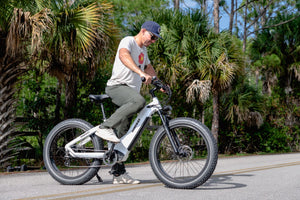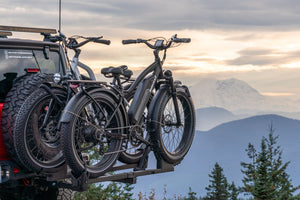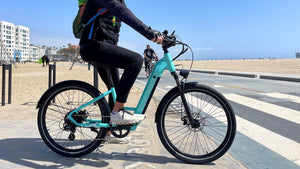
Everything You Should Know About E-bike Classifications
Nowadays, electric bikes have become the main transportation for commuting and traveling, and more and more people have got their own electric bikes. Riding an e-bike can bring you many benefits both physically and mentally. However, do you really know about electric bicycles and your local regulations? For example, the three classes of electric bikes. Different classes of e-bikes have their own features and apply to different regulations. If don’t, please read this article carefully before you start your cycling trip.
The Reason Why We Have Electric Bike Classification
After knowing the three classes of electric bicycles, you may wonder why there is such a classification. With the advancement of science and technology in recent years, electric bicycles have become more and more accepted by people, and have developed faster and faster. The users have also developed from young people to old ones. However, many problems followed. The management of electric bicycles in various states in the United States has always been messy, and there is no unified electric bicycle laws and regulations, which will lead to many potential dangers, and is very unfavorable to people's travel and traffic management. Therefore, out of consideration for residents' safety and social order, the U.S. government issued a policy on August 30, 2019, clearly defining the three classes of electric bicycles.
The Difference between Class 1, Class 2, and Class 3 E-bike
Different classes of e-bike have different characteristics and are adapted to different people and traffic laws. If you are hesitating about which class of e-bike to buy, just follow us to learn more about the three classes:

(The table origins from Peopleforbikes.org)
-
Class 1 Electric Bike
"Class 1 electric bicycle" shall mean an electric bicycle equipped with a motor that provides assistance only when the rider is pedaling, and that ceases to provide assistance when the bicycle reaches the speed of 20 miles per hour. In other words, it’s maximum motor-assisted speed is 20 mph. And you are allowed to ride it on most bicycle lanes and streets, because it has a lower speed, which corresponds to higher safety, and is not easy to cause serious traffic accidents, so the rules are more relaxed compared with rules for e-bikes in class 2&3. There is no age limit for riders, and no driver’s license and license plate are required. But you need to be aware that people under the age of 17 are expected to wear a helmet.
-
Class 2 Electric Bike
"Class 2 electric bicycle" shall mean an electric bicycle equipped with a motor that may be used exclusively to propel the bicycle, and that is not capable of providing assistance when the bicycle reaches the speed of 20 miles per hour. The maximum motor-assisted speed is the same as that of class 1. The difference is that the electric bicycle in class 2 has a throttle design and can use pure electric mode without pedal assistance. When you want to use the electric motor, just twist the knob on the handlebar or press the button to free your feet. Similarly, you don’t need a driver’s license and license plate for riding them, but people under 17 are also supposed to wear a helmet. Class 2 e-bike is absolutely meet the commuting and holiday travel needs of office workers, students, and housewives. It is worth mentioning that both Himiway Cruiser and Step-Thru electric bicycles are in Class 2. As for the lanes that are allowed to ride, you can ride them on most bicycle lanes, sidewalks, and roads if there is no special regulation. Except for a small number of mountain bike lanes, because compared to pedal assist, throttle assist may cause more damage to these lanes.
-
Class 3 Electric Bike
"Class 3 electric bicycle" shall mean an electric bicycle equipped with a motor that provides assistance only when the rider is pedaling, and that ceases to provide assistance when the bicycle reaches the speed of 28 miles per hour. Although the definition of electric bicycles in class 3 is similar to that of class 1, just the maximum motor-assisted speed has increased to 28 mph, the regulations for class 3 e-bikes are much stricter. First, due to the increase in speed, the age limit for class 3 riders is over 16 years old, and anyone who rides these bikes is required to wear a helmet. But thankfully, the driver’s license and license plate are not needed either. Obviously, the increase in speed may lead to serious accidents, and excessive speed will bring about a decrease in safety. Therefore, although you can ride them without any permission, class 3 e-bikes can only be ridden on highways and roads that are open to all types of vehicles. Regular bicycle paths, pavements, and trails are off-limits.
Of course, the United States is a large country composed of 50 states, and each state has different local regulations, and the rules change frequently. You should be familiar with the local rules and always pay attention to local regulations before you start your riding.
How to Choose an E-bike

First of all, the price of class 1 e-bike is relatively affordable, and it is allowed to ride on most roads, but the pedal assist design requires higher physical strength for the rider, so it is more suitable for people with short-distance commuting needs.
Compared to class 1, the class 2 e-bike with throttle design is not only good quality but also low price, and you will not feel tired during your cycling. It achieves the purpose of exercise without sweating a lot. It can save time or transport heavy objects and is absolutely suitable for all people, especially middle-aged and the elderly, and people with poor physical conditions. Whether it is used for all-distance commuting or vacation purposes, class 2 e-bike is your best choice. Both Himiway Cruiser and Himiway Cruiser Step-Thru belong to class 2 e-bike, and we believe that our products are the most cost-effective among similar bikes. Moreover, we have separately explained the buying guide for cruiser e-bike and step-thru e-bike in the previous blogs. If you have any questions about how to choose an e-bike, read it before purchasing them.
As for class 3 e-bike, in addition to higher physical requirements for riders, compared to class 1 and 2, their price is certain to be higher. And the government has more rules for class 3 e-bike, many regular bicycle lanes and sidewalks are off-limits. If you are pursuing a higher speed and have a sufficient budget, an electric bicycle in class 3 will be more suitable for you.
Electric bicycles are divided into 1, 2, and 3 three classes in total. Classes 1 and 3 are only pedal-assisted and have no throttle, while bikes in class 2 have a throttle design. Class 1 and 2 e-bikes are allowed to ride on most bicycle lanes and trails, and there are more limits on class 3 e-bike. If you want to use it for all-distance commuting or vacation purposes, and don’t want to sweat, it could be a good choice to try class 2 e-bikes such as Himiway Cruiser and Step-Thru. All in all, electric bicycles are the general trend of transportation. Don’t miss the best time to try an e-bike.
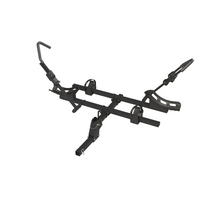
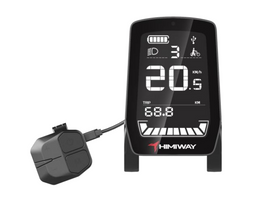
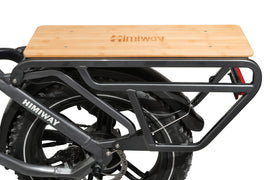
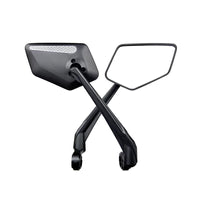
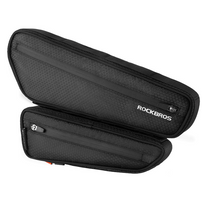
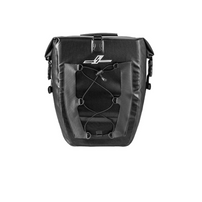
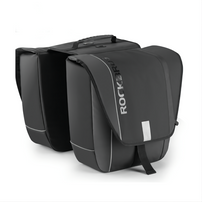
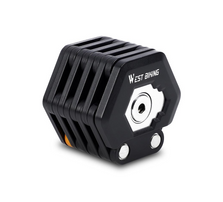
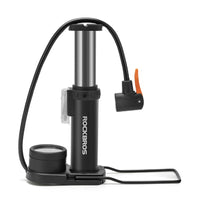
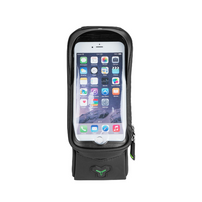


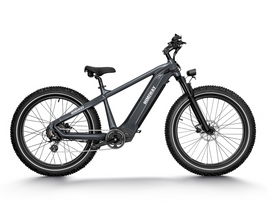
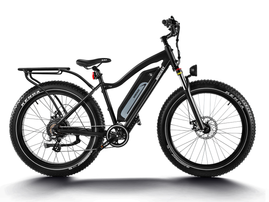
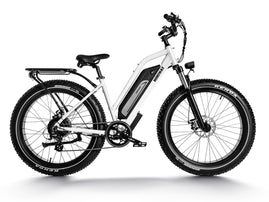
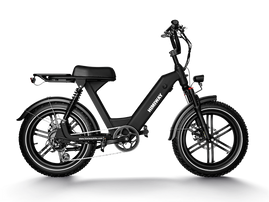
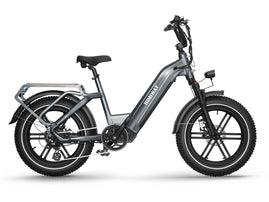
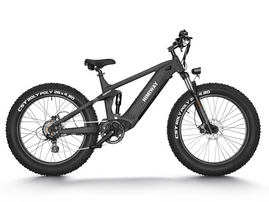
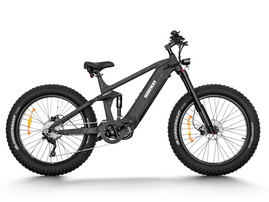
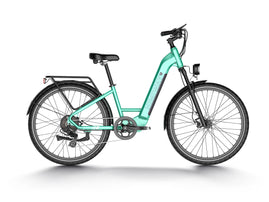
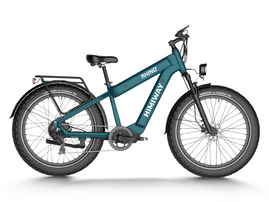





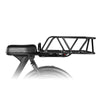


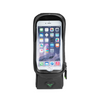
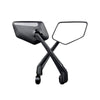

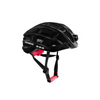

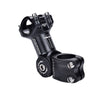
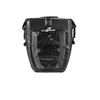



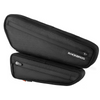
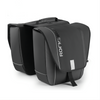
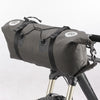

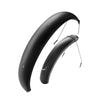




 US
US
 Canada
Canada Deutschland
Deutschland La France
La France Nederland
Nederland United Kingdom
United Kingdom